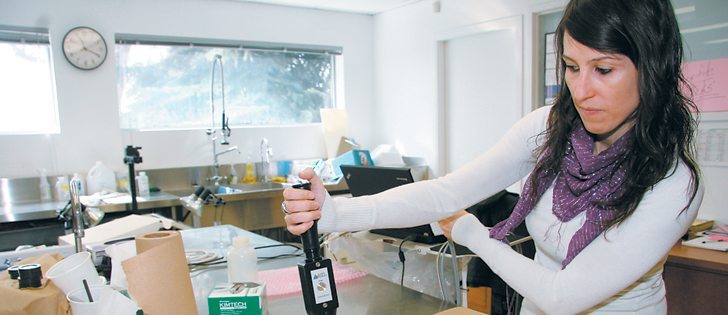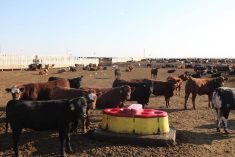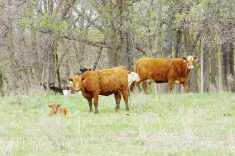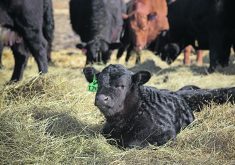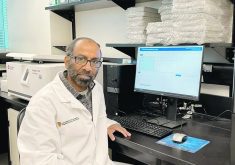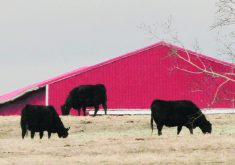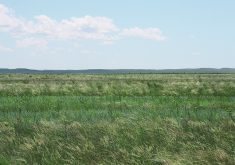Scan assesses meat and fat | DEXA and near infrared technology could provide more reliable data for meat grading
LACOMBE, Alta. — Visual appraisal plays a large part in meat grading, but instruments with a basis in human medicine could add a new dimension to how pork and beef quality is assessed.
“We are just in the investigation process to see how far we can go with the quality aspects,” said Jennifer Aalhus, an Agriculture Canada meat researcher at the department’s research centre in Lacombe.
Researchers are testing hand-held probes, which assess the chemistry of meat, and dual energy X-ray absorptiometry (DEXA), which uses X-ray beams to look at bones, fat and muscle, to determine where they might fit in carcass quality analysis.
Read Also
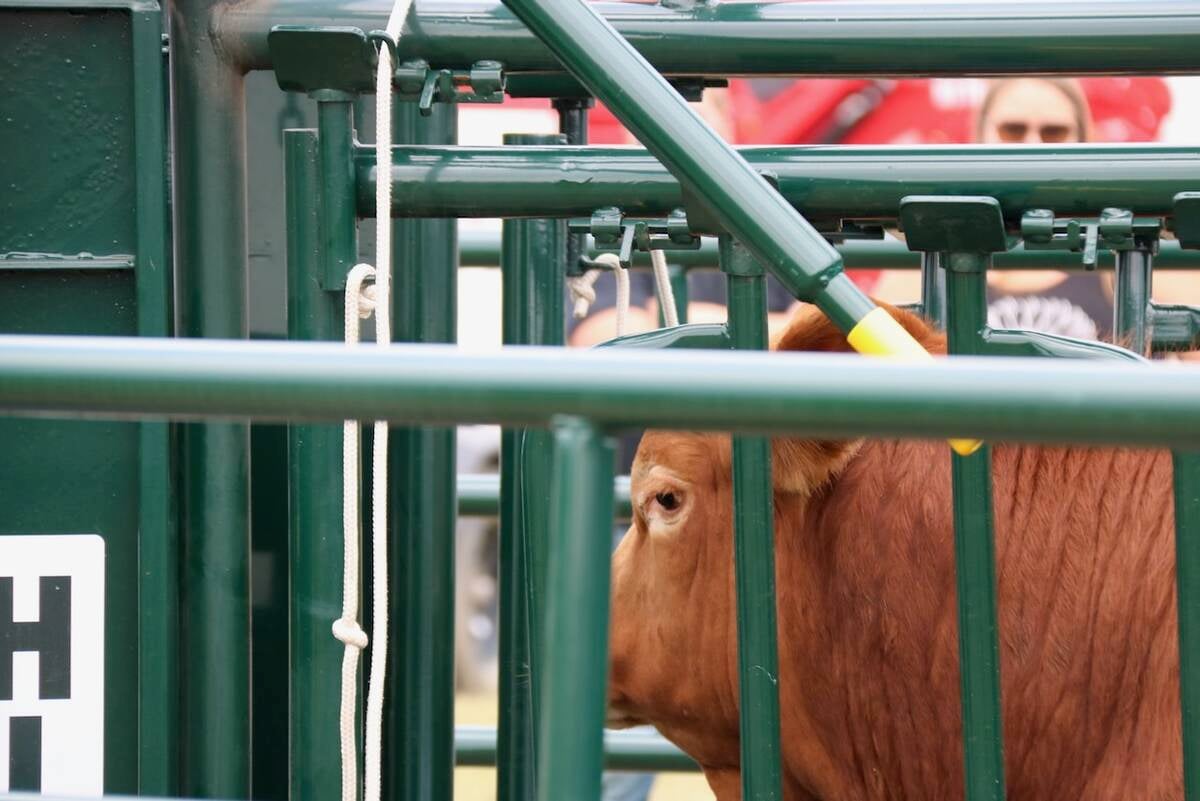
Good handling equipment a must on cattle operations
It’s important for the safety of producers and everyone else dealing with their stock that handling equipment is functional and safe.
Aalhus said researchers struggled with compositional carcass analysis when she started her career more than 20 years ago, so these new technologies have improved the understanding of what is going on under the hide.
Beef plant graders look at the rib eye and fat cover while pork graders check the loin with a Destron grading probe that goes into the third and fourth last ribs.
A complete scan from a DEXA could provide far more information on fat and lean meat yield. These units are more commonly used for bone density scans in human medicine.
Meat companies could eventually use DEXA information for more accurate analysis and preparation, said Oscar Lopez Campos, who has been working with the unit since it was installed at the research centre in September.
“When the carcass comes through, or the whole primal, the DEXA is going to take the equation and tell you how much lean and how much performance is in the retail cuts,” he said.
The device can scan the entire side of a hog and assess the amount of lean meat yield and fat.
He said the industry needs new assessment tools because the last algorithm to predict lean meat yields in cattle was developed in 1993. The cattle population has changed since then.
“Probably that yield algorithm isn’t functioning ideally in our current system, but to do those national beef cutouts, it is very costly and it is a huge amount of man hours,” Aalhus said.
“It is just something that becomes more difficult as time moves on. The DEXA will be able to be linked into research projects so that we can much more quickly get compositional information on animals as they go through.”
The pork project should be complete next year, and beef will continue for another year after that.
In another lab, Nuria Prieto is using near infrared technology to collect data from carcasses to assess such factors as fatty acid composition. Analysis of fatty acids is normally time consuming, but this program allows measurements to be taken in a few seconds.
Prieto can insert a probe into the loin and receive data within five seconds, which she enters into a laptop computer. The probes show her the molecular bonds of carbon, nitrogen, hydrogen and oxygen.
“From that we can get information about the composition of the meat and the fatty acid composition because they are based on hydrogen bonds,” she said.
The unit is small and portable and could conceivably go into a packing plant and work as rapidly as current grading systems.
She is also looking at pigs’ ears to estimate fat composition while they are still alive. This information can assess if a special feeding regime such as flax or distillers grain can change fat composition. It could also show if adjustments need to be made because of the type of fat produced. For example, producers can adjust their feed programs if a pig is producing fat that is too soft.
Some of this work is being tested with Olymel, one of Canada’s major pork processors.
“Our industry is poised to really take advantage of a lot of these technologies,” said Aalhus.


